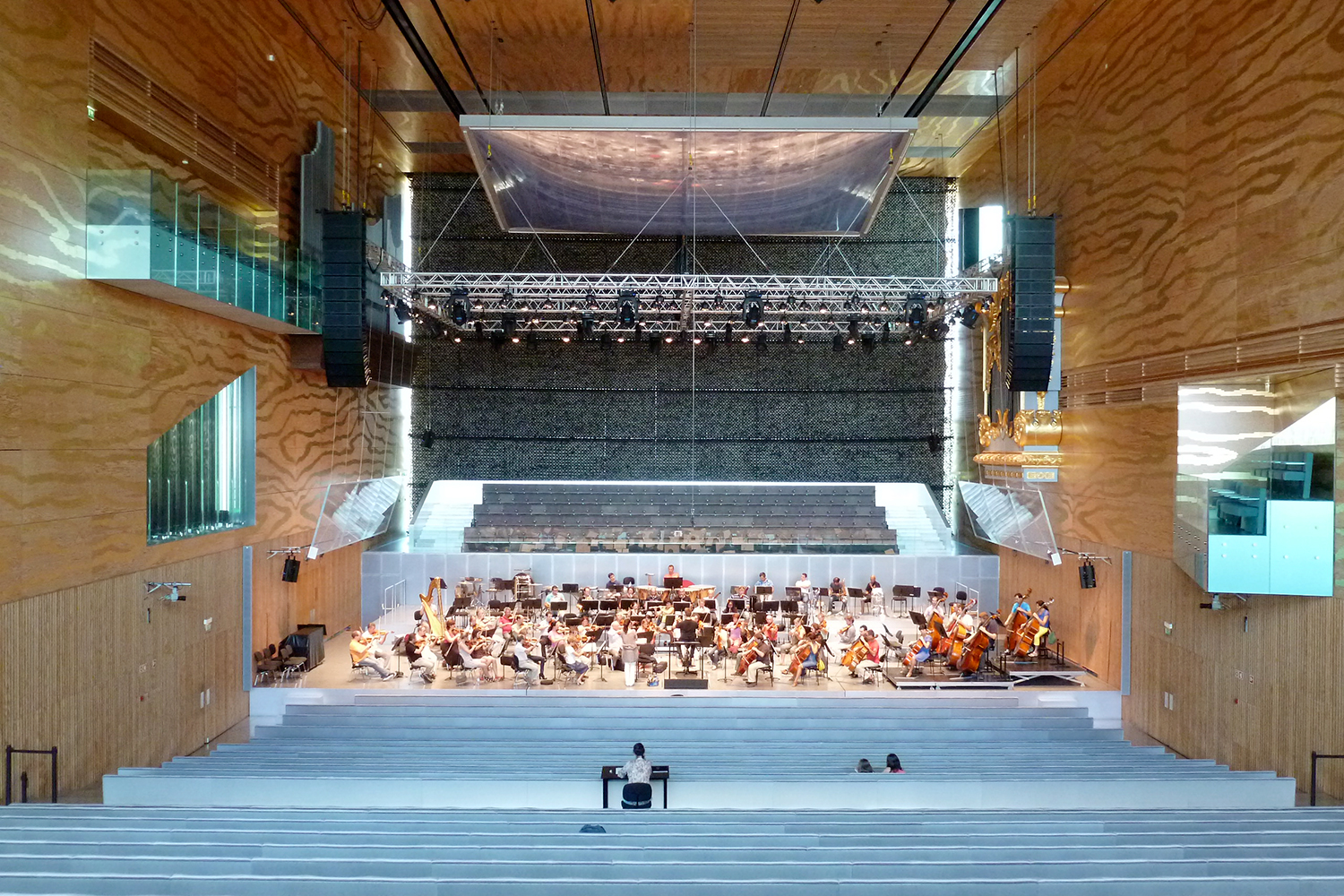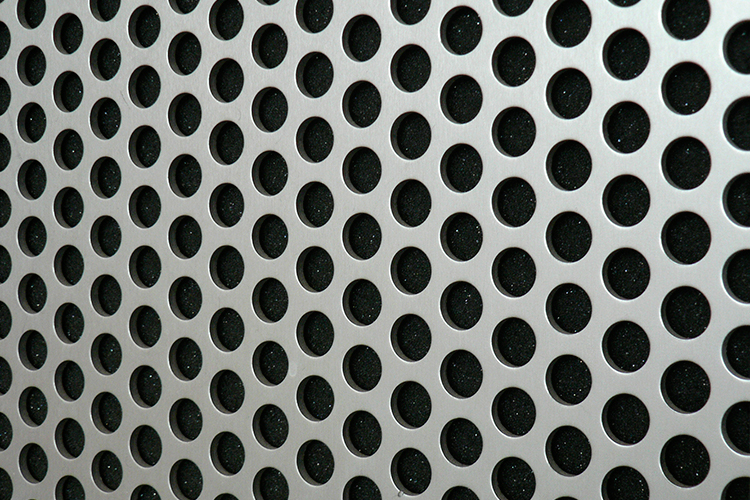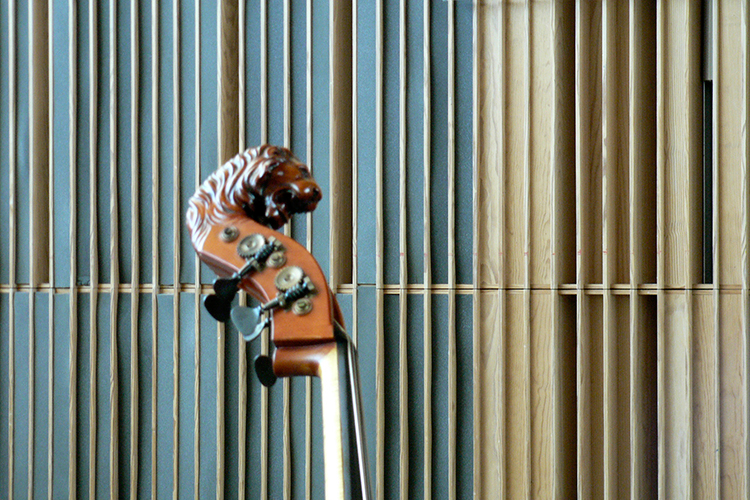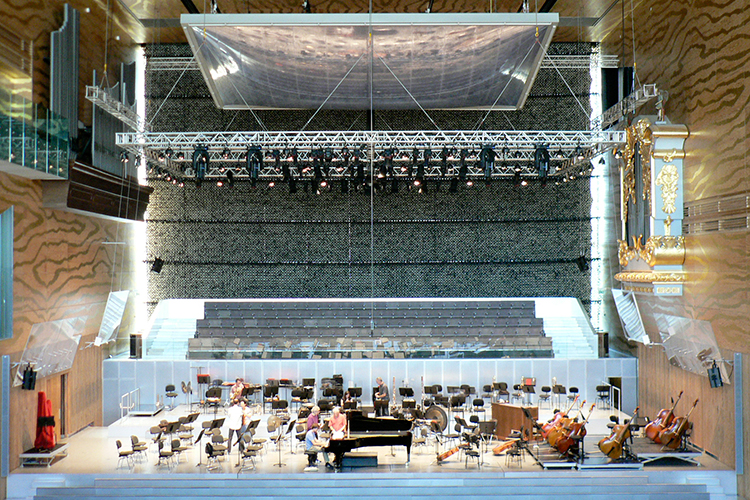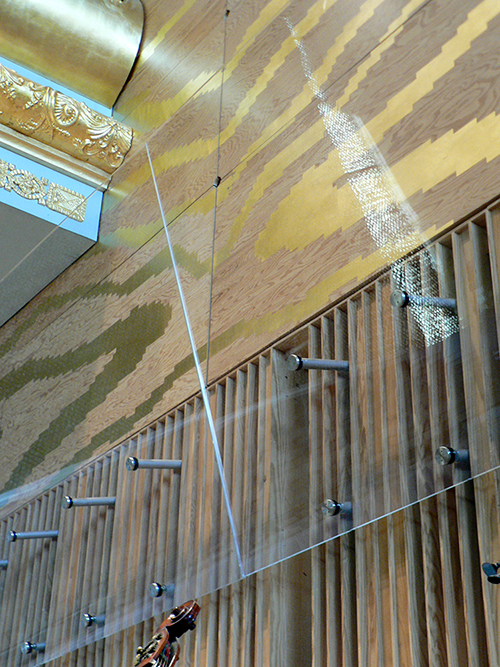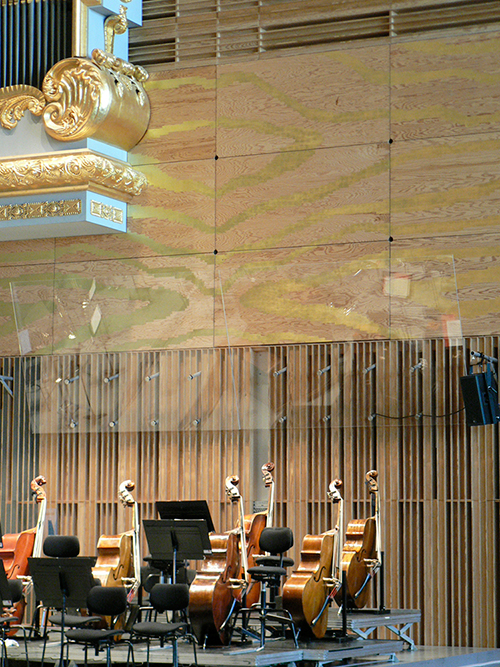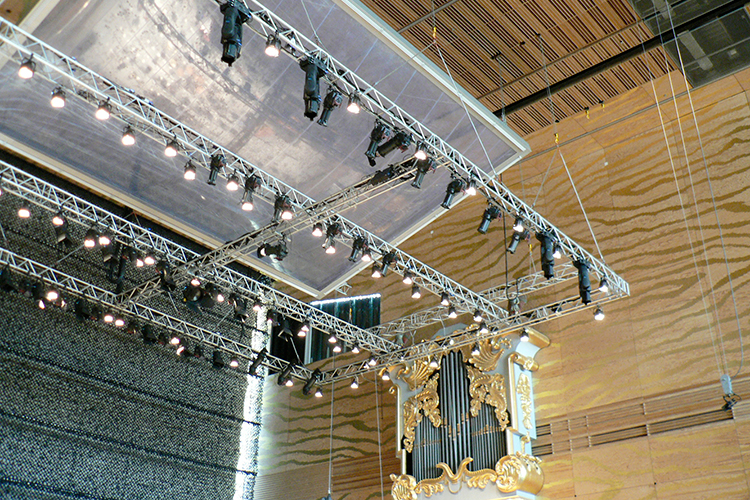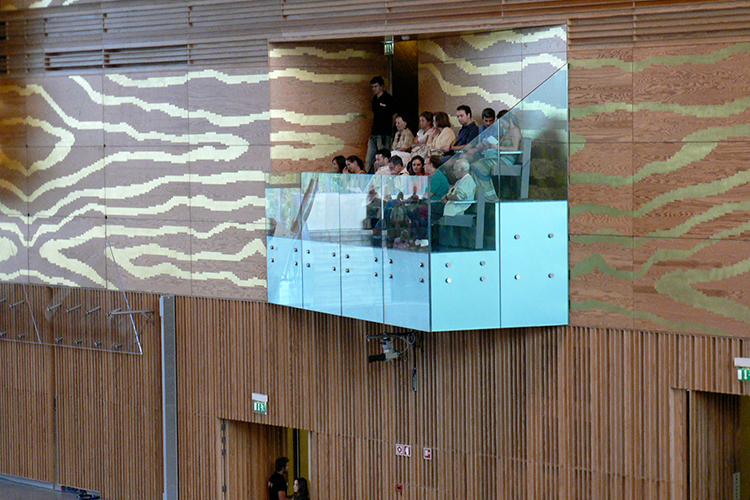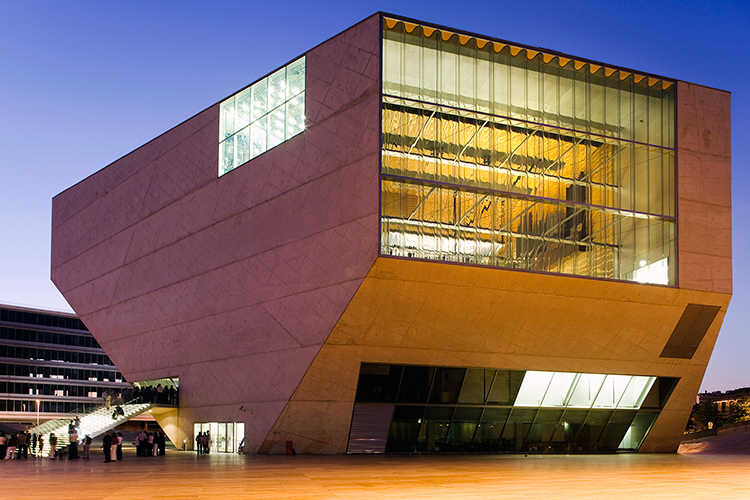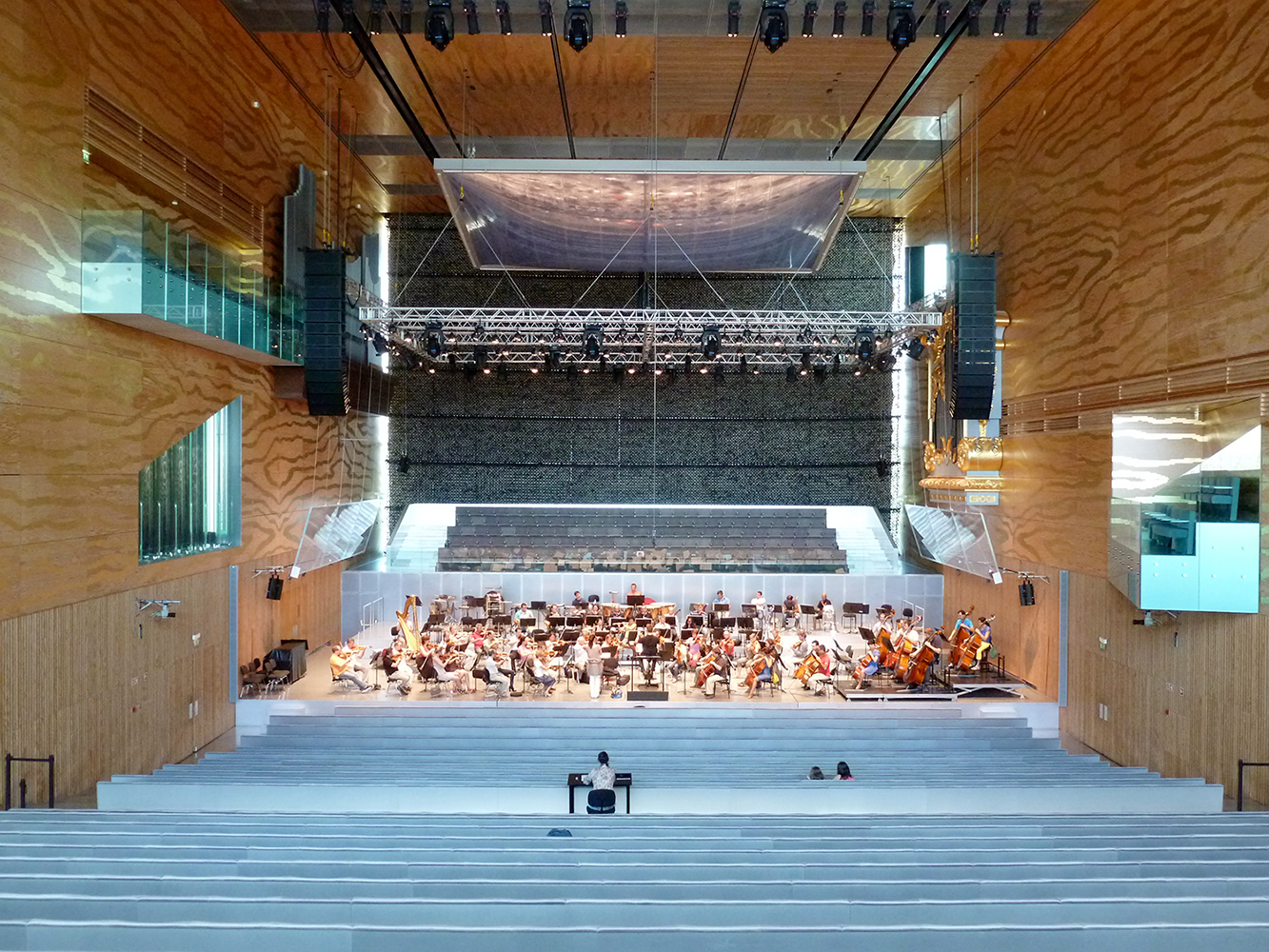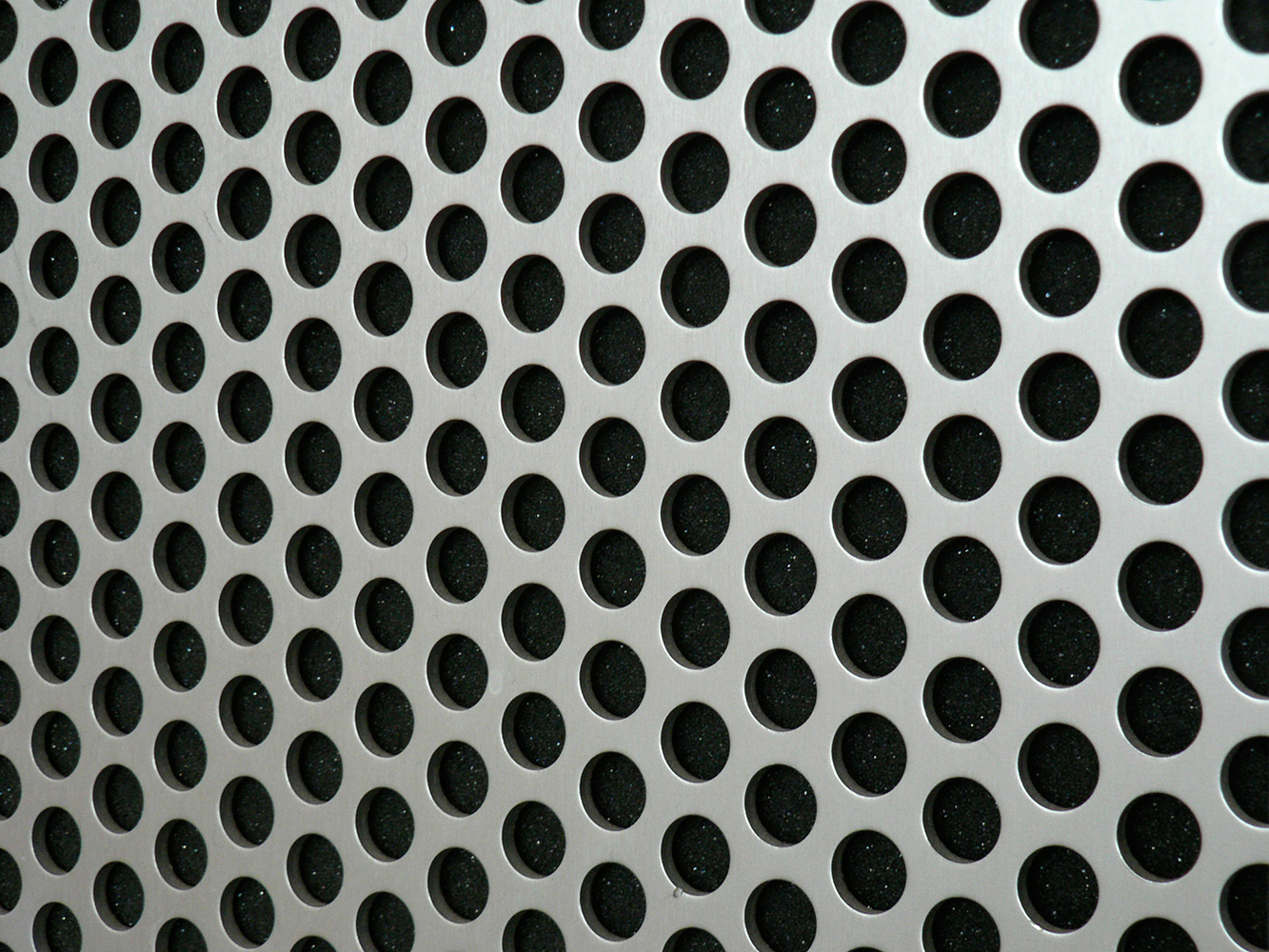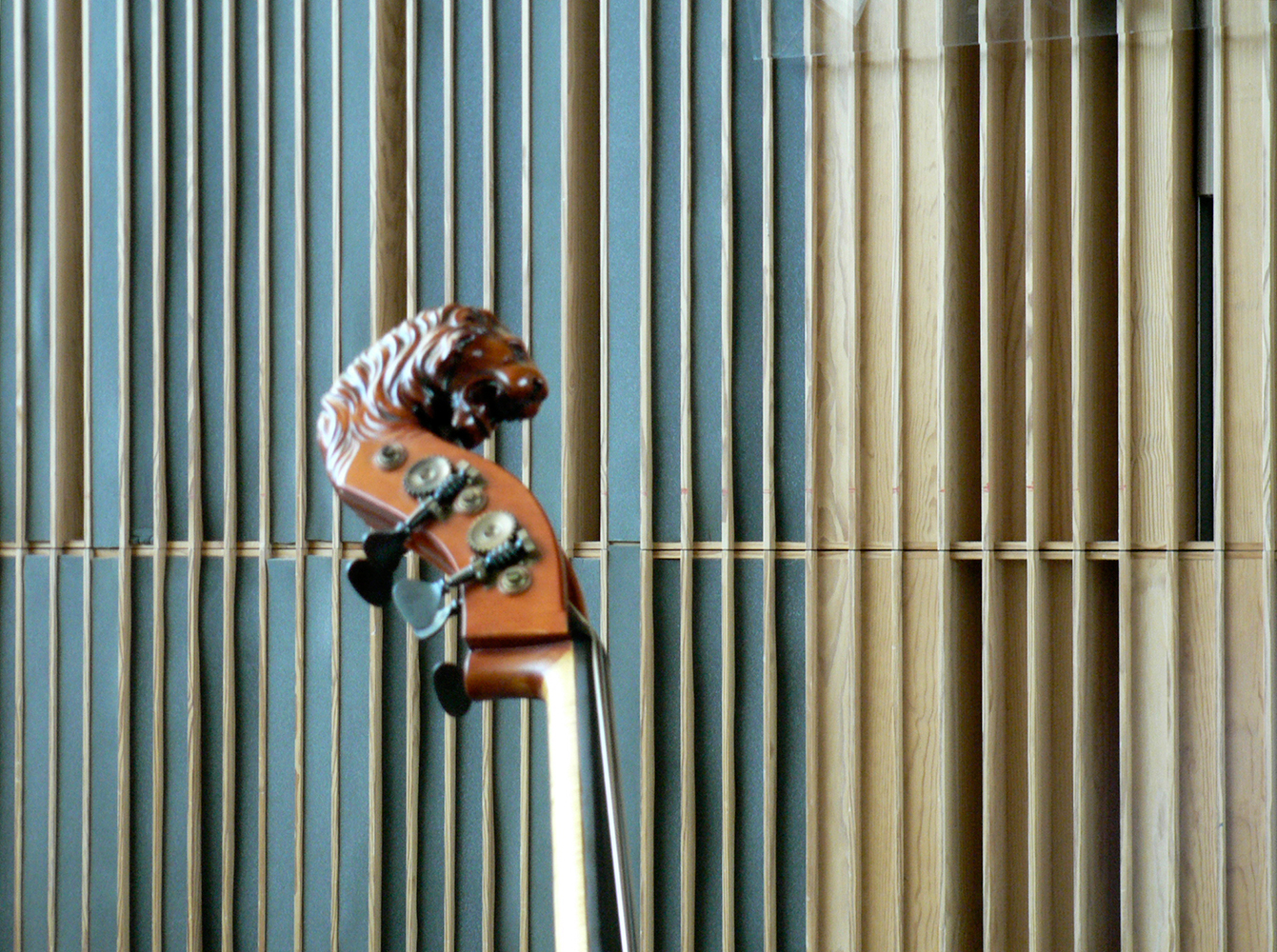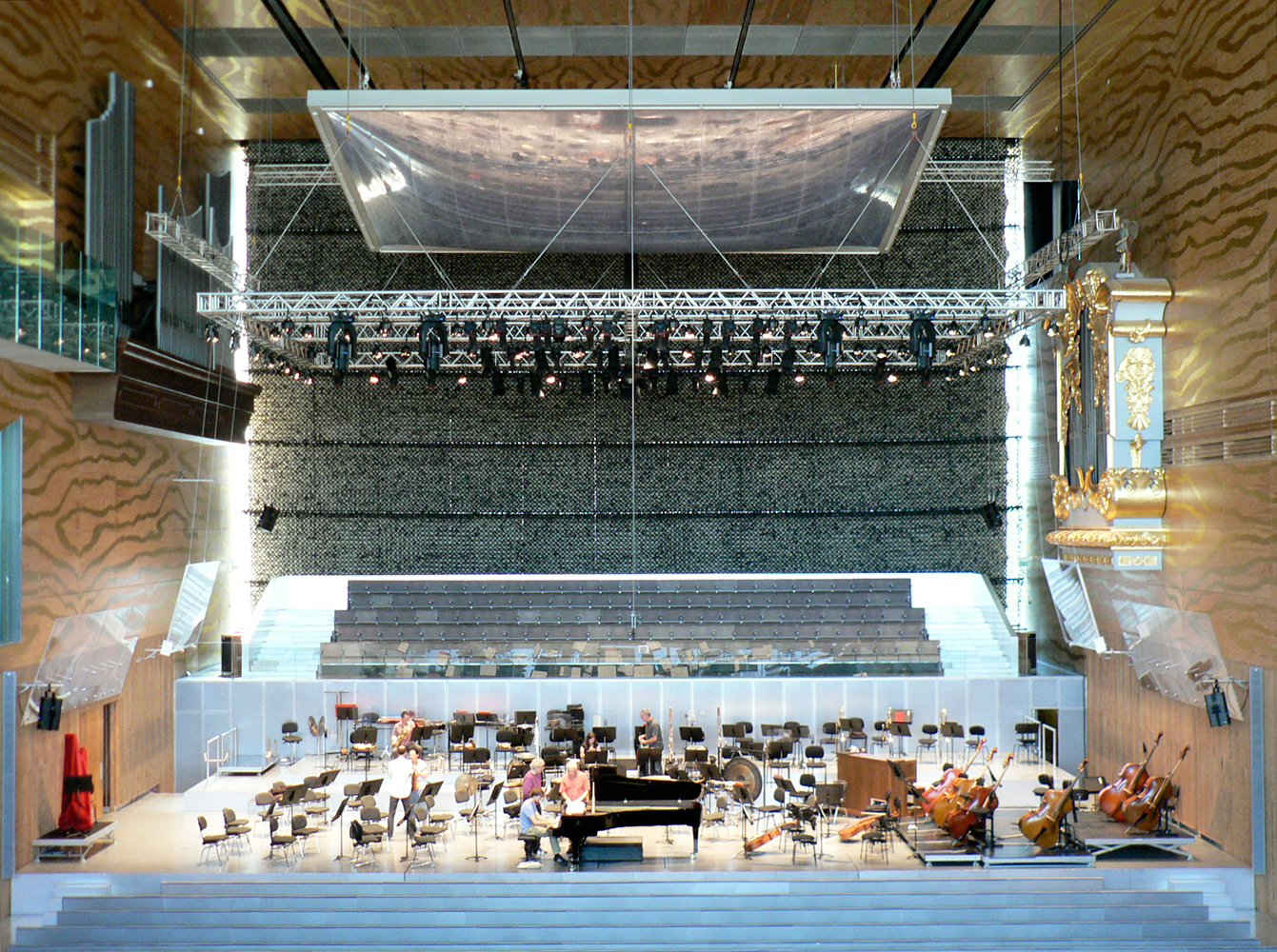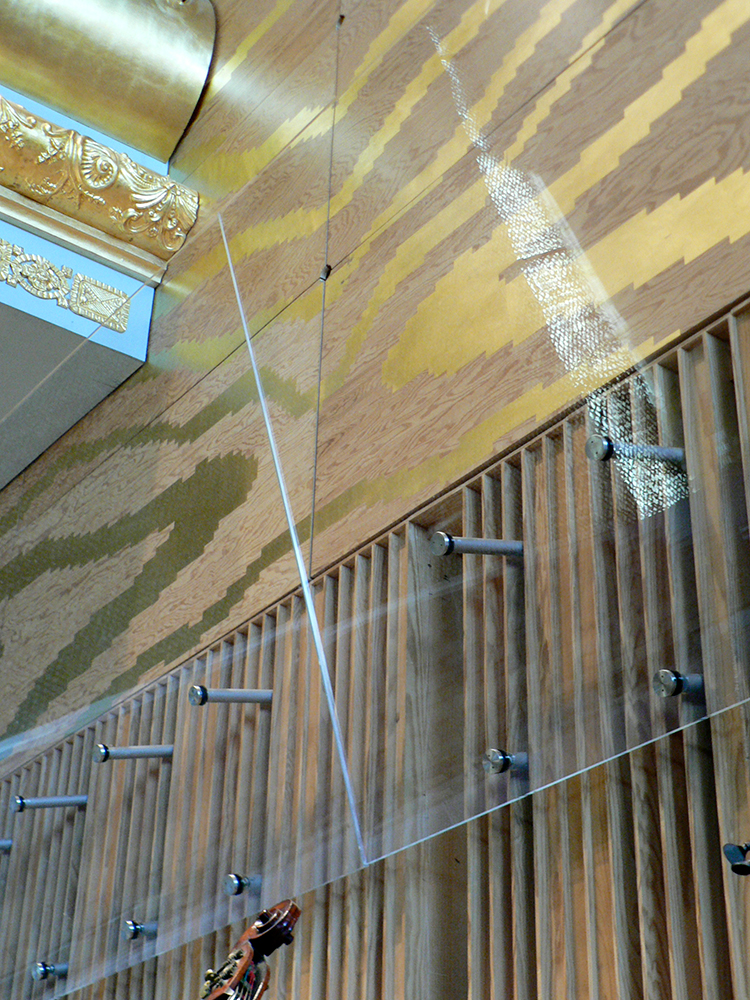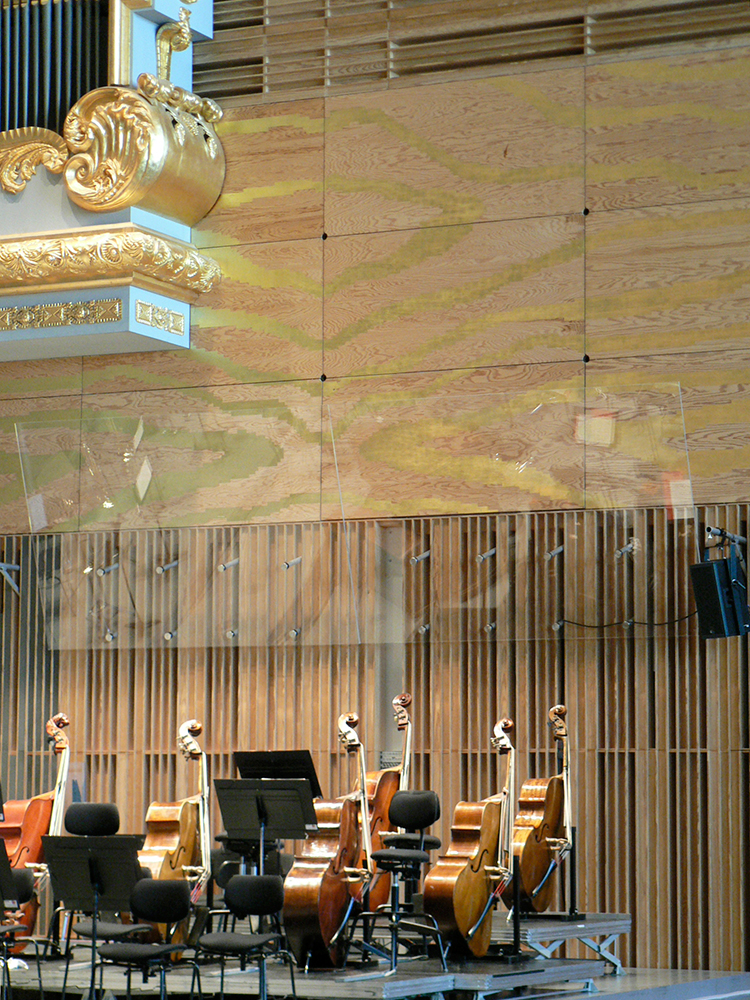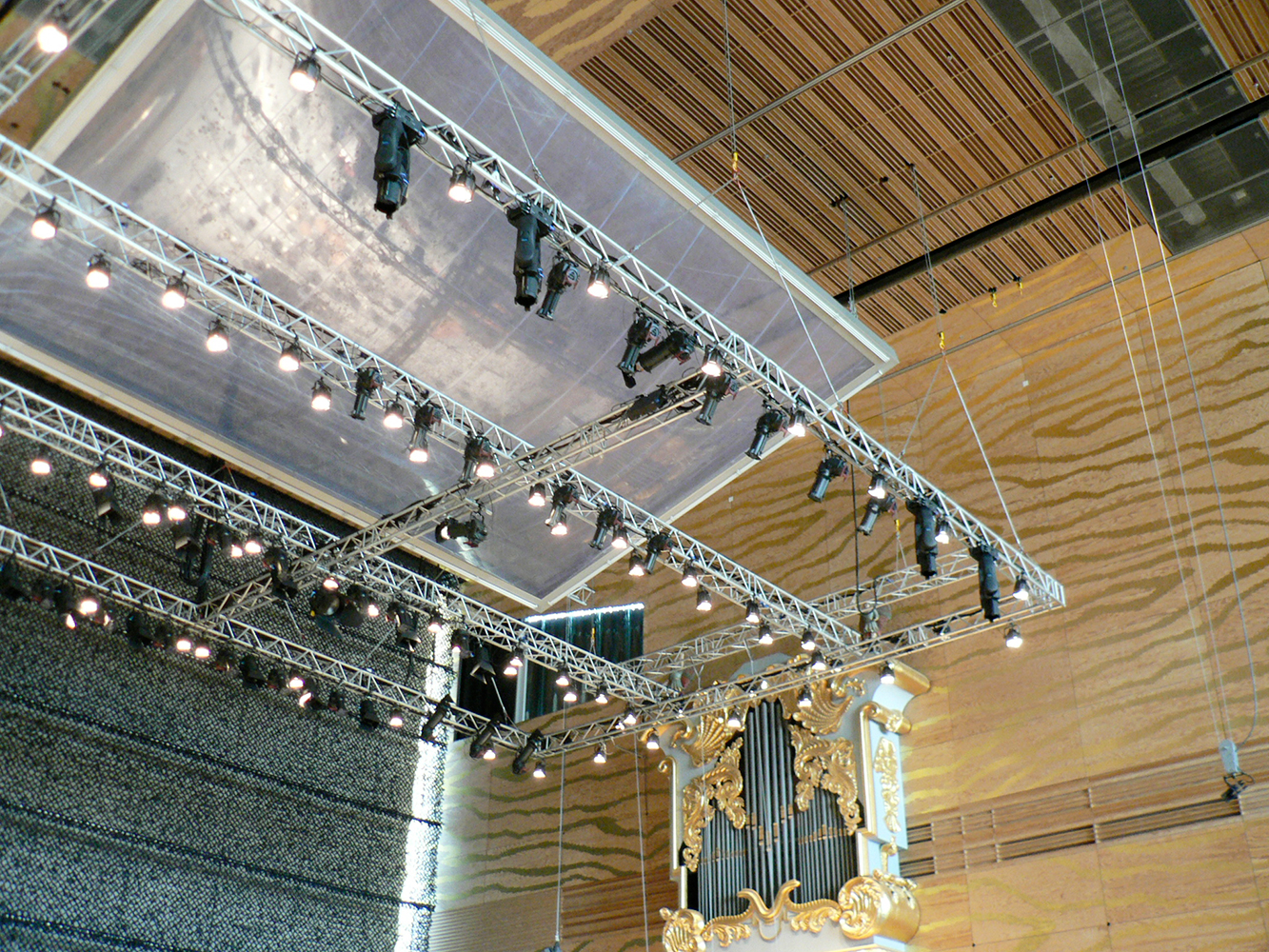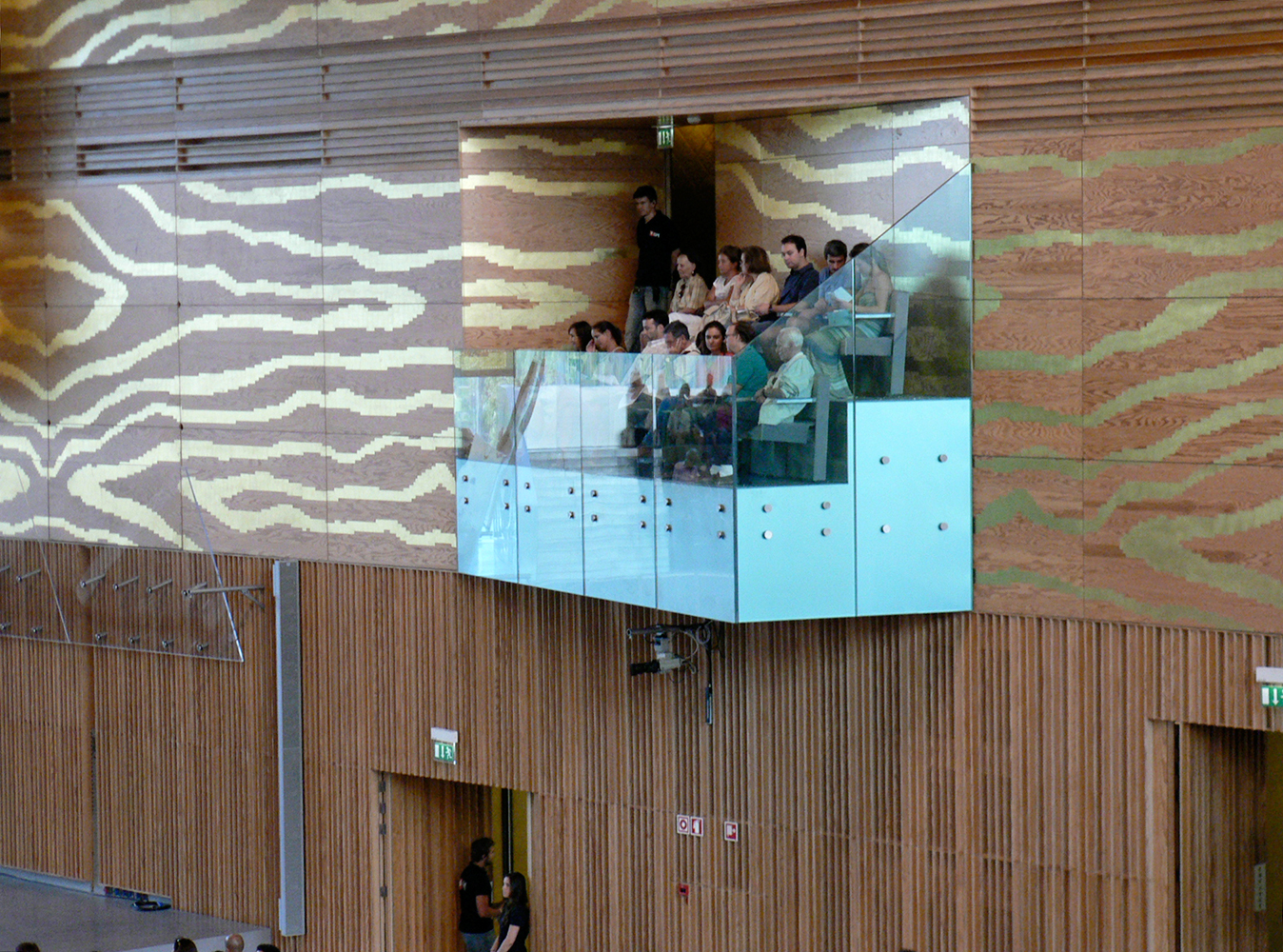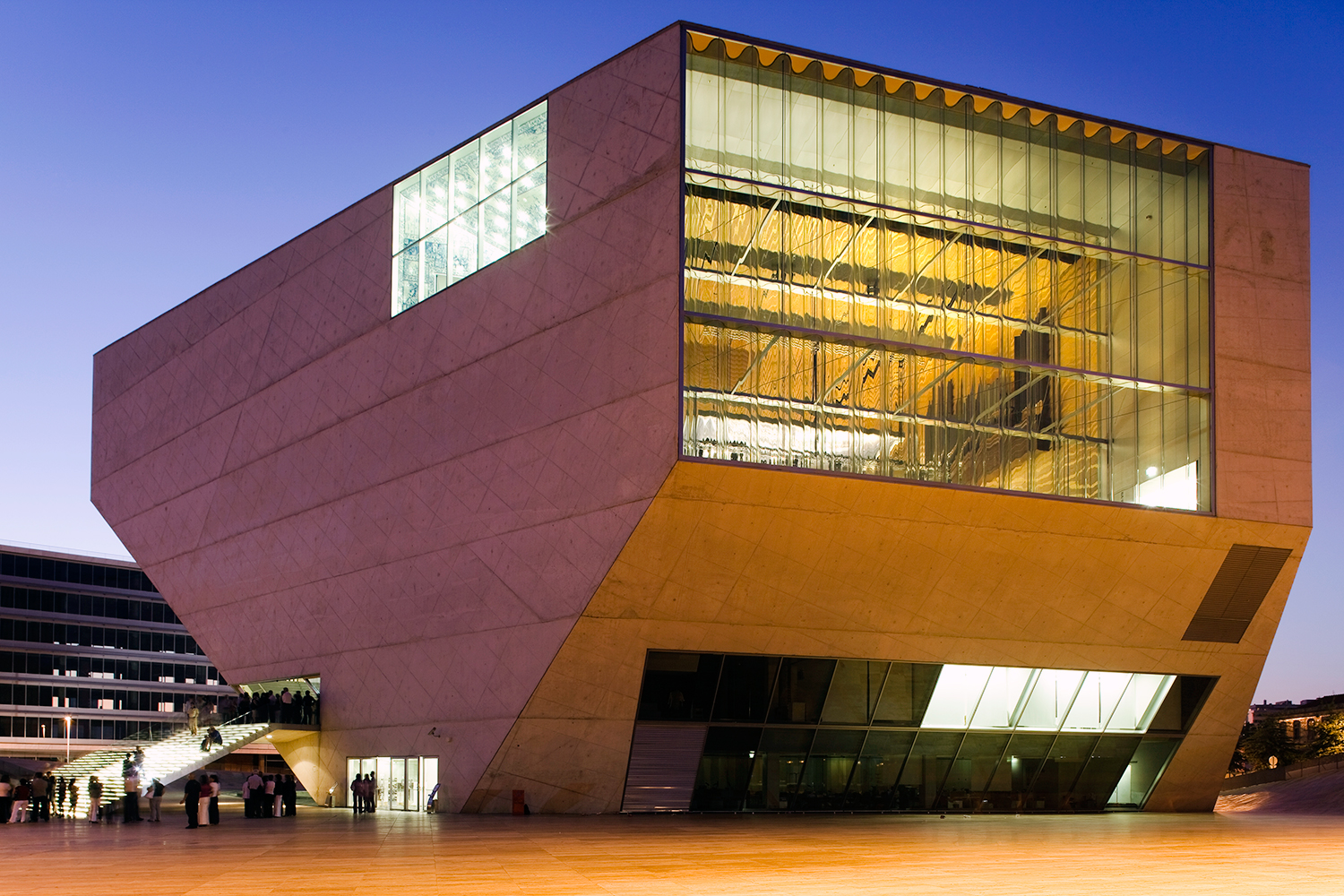Casa da Música, Porto
Verbesserung der Bühnenakustik und Optimierung der akustischen Einstellungen im Bestand — in einem der architektonisch renommiertesten Konzertsäle der Welt (Rem Koolhaas/OMA). Zum Teil handelt es sich um optimierte Einstellungen bestehender variabler Elemente, zum Teil um unsichtbare Einbauten hinter akustisch transparenten Verkleidungen. Akustik, die man nicht sieht, hier war dies eine echte Herausforderung.
Technische Details
Akustikeinstellungen Casa da Música www.casadamusica.com
Ort Porto, Portugal.
Zeitrahmen 2012-2013.
Bauherr Casa da Música.
Zahl der Sitzplätze Sala Suggia is the main auditorium of Casa da Música and has a capacity of 1238 seats. Casa da Música has three resident orchestras: Orquestra Sinfónica do Porto Casa da Música, Remix Ensemble and Orquestra Barroca.
Nutzung Kahle Acoustics was invited to submit innovative and discreet solutions for Sala Suggia that could significantly improve on-stage hearing conditions as well as projection from the stage to the listeners.
Leistungsumfang Kahle Acoustics started by using the existing variable acoustics devices of the hall and studied in details the potential physical improvements. To improve projection and reduce loudness levels on stage, the ceiling canopy was raised as well as tilted. In order to decrease loudness at the back of the stage and improve orchestral balance, acoustic curtains were put over the rear wall of the stage, enabling musicians to hear one another more easily, especially between the woodwinds and strings. This installation was later replaced by dark absorbing foam behind the existing perforated metal wall at the back of the stage, making the added absorption invisible. Cross-stage communication from left to right was significantly improved by adding transparent Plexiglas panels on the stage side walls.
Beteiligte Berater Eckhard Kahle, Kahle Acoustics.
